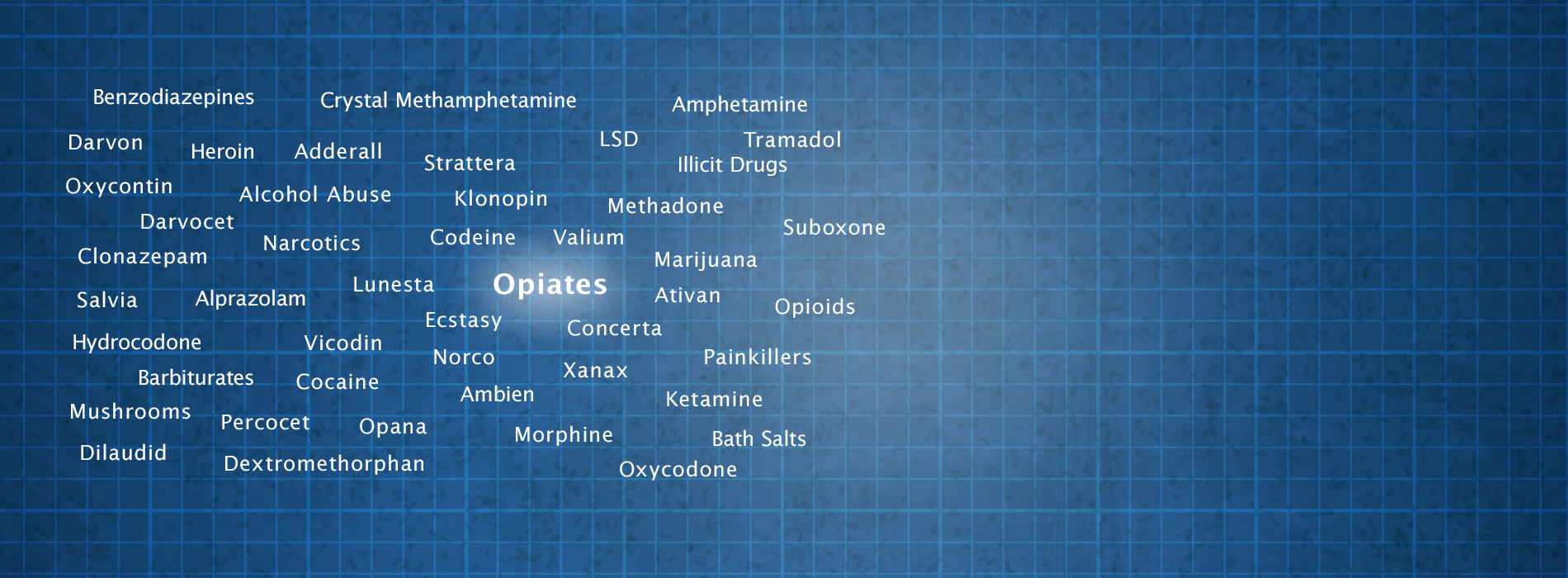Opiates
Opiates are a classification of drugs that include legal drugs, such as morphine, codeine, and fentanyl, and illegal drugs, such as opium and heroin. The legal drugs become illegal when a person uses then without a prescription. In 2010, the National Institute on Drug Abuse (NIDA) estimated that around 200 million prescriptions for opiates were dispensed. Even short-term use of opiates can lead to addiction, and the majority of people who use opiates develop a serious tolerance to them. This is one of the first signs of addiction.
Opiate use and abuse is associated with around 50 percent of major crime in America, with many violent crimes committed by people under the influence of opiates. In a recent survey, 3.7 million people reported using heroin during their lives, and almost 120,000 of them used it in the month prior to the survey. Teens usually use and abuse Vicodin and OxyContin, which are the easiest drugs to obtain. These drugs, when mixed with alcohol, can lead to severe respiratory depression and even death.
Opioid Reward System
When opiates enter the bloodstream, they activate certain neurotransmitter receptors in the brain’s reward system. The link between drug and receptor is a lock-key relationship, due to the fact that one neurotransmitter causes specific receptor molecules to react, much like a key fits into a lock. Once this occurs, the brain releases the hormone dopamine, which works to produce feelings of satisfaction and pleasure. This action leads to the most basic cellular level to provide a foundation for addiction.
Signs and Symptoms of Addiction
There are several signs and symptoms associated with addiction. These include:
- Tolerance – Requiring more and more of the drug to achieve the desired effect.
- Withdrawal – Having symptoms once the drug is stopped, which range from mild flu-like illness (headaches, nausea, and vomiting) to obsession to get more of the drug.
- Doctor shopping – Going from place to place to obtain the drug.
- Financial – Having trouble with money and bills.
- Isolation – Withdrawal from friends and loved ones.
Opiates have many effects on the body, even when used short-term. They cause delayed reactions, sedation, gastric problems, immune system destruction, blood disorders, and tolerance.
Opiate Rehabilitation
There are three main components of opiate rehabilitation (rehab): detoxification (detox), therapy, and recovery.
- Detox – This is the process of withdrawal from the drug, which is done slowly with the assistance of medications. When a person is detoxing from a powerful opiate, methadone and buprenorphine are likely used to assist with cravings and withdrawal symptoms. Also, methadone helps with long-term chronic pain and allows the addict to live a normal life without feeling sedated and euphoric.
- Counseling – This is where the addict attends counseling sessions with a therapist to identify the reasons for an addiction and assist with the psychological aspects of drug dependence. Cognitive behavioral therapy is used to help you reconnect with friends and family and to resist temptation to opiates.
- Recovery – During the recovery stage of rehabilitation, the addict is reintegrated into society. This is particularly difficult for hard users, such as those addicted to heroin. Sometimes, the person stays in a halfway house, which offers a safe, supportive environment. Also, recovery involves attendance peer support groups, such as Narcotics Anonymous (NA).

